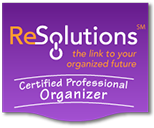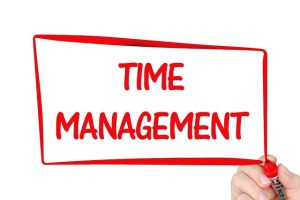
In previous blog posts, I have suggested useful items to pack when traveling. Here are some additional under-the-radar travel tips for avoiding some major inconveniences, such as having your data stolen, running out of juice on your phone, and paying fees for overweight luggage.
So many items now have RFID chips for quick scanning. These chips can save you time during transactions, but they also give crooks a way of picking your pocket without making physical contact with you. RFID blocking sleeves protect your credit/debit card and passport information from being scanned by a “digital pickpocket” who is near you on the street, in a restaurant, store, or other public building. You can even get wallets and purses with RFID protection built in.
Having your phone run out of juice while you are out sightseeing is a major inconvenience. Think of all the things you need your phone for: keeping in touch with fellow travelers, taking photos, calling for an Uber, making online dinner reservations, yadda, yadda, yadda. One solution is a power bank or portable charger. Charge it up at home or in your hotel and use it to power up your phone on the go. Most hold a charge for months until used; you then simply recharge it for next time.
Another solution is taking your power cord with you and plugging it into a public USB outlet. You must be careful with these, though, as hackers can tinker with those outlets to infect your phone (or tablet) with malware, even possibly install malicious code to access and steal your data. A small, inexpensive device known as a USB data blocker can protect you. A USB data blocker is a device that lets your smartphone or tablet into USB charging ports including charging kiosks, and USB ports on gadgets owned by other people, including those on airplanes and at airports.
Taking lots of photos? Make sure they are being backed up to the cloud in case your phone is lost, stolen, or damaged.
To avoid the hassle of having your credit card or ATM declined, be sure to notify your credit card company and bank of your travel plans. Otherwise, transactions from unusual locations, especially outside the United States, might be flagged as fraud. While you are at it, find out about what ATMs you can use at your destination and what the fees are. Likewise, find out about foreign exchange fees when you use your credit card or withdraw foreign currency from an ATM.
Finally, scan and store copies of your travel documents (itinerary, passport, airplane tickets, hotel confirmations) in the cloud (iCloud, Dropbox, or other online storage app) or in the “secure notes” section of your password manager. You should also have copies of your drivers’ license, health insurance card(s), eyeglass prescription, and a list of medications in the cloud, just in case.
Shifting gears now away from electronics, are you someone who overpacks and worries about paying fees for overweight luggage? Invest in an inexpensive, portable luggage scale so you know before you arrive at the airport what your suitcase weighs and can take mitigating action. (Leave behind some clothes or shoes? Pack more into your carryon? Ship souvenirs home?) Travel experts say that we should take out at least a third of what we originally pack.
Hopefully with these tips to prepare ahead, you can enjoy a wonderful summer vacation!
Photo: Pixabay


 Join My Email List
Join My Email List








